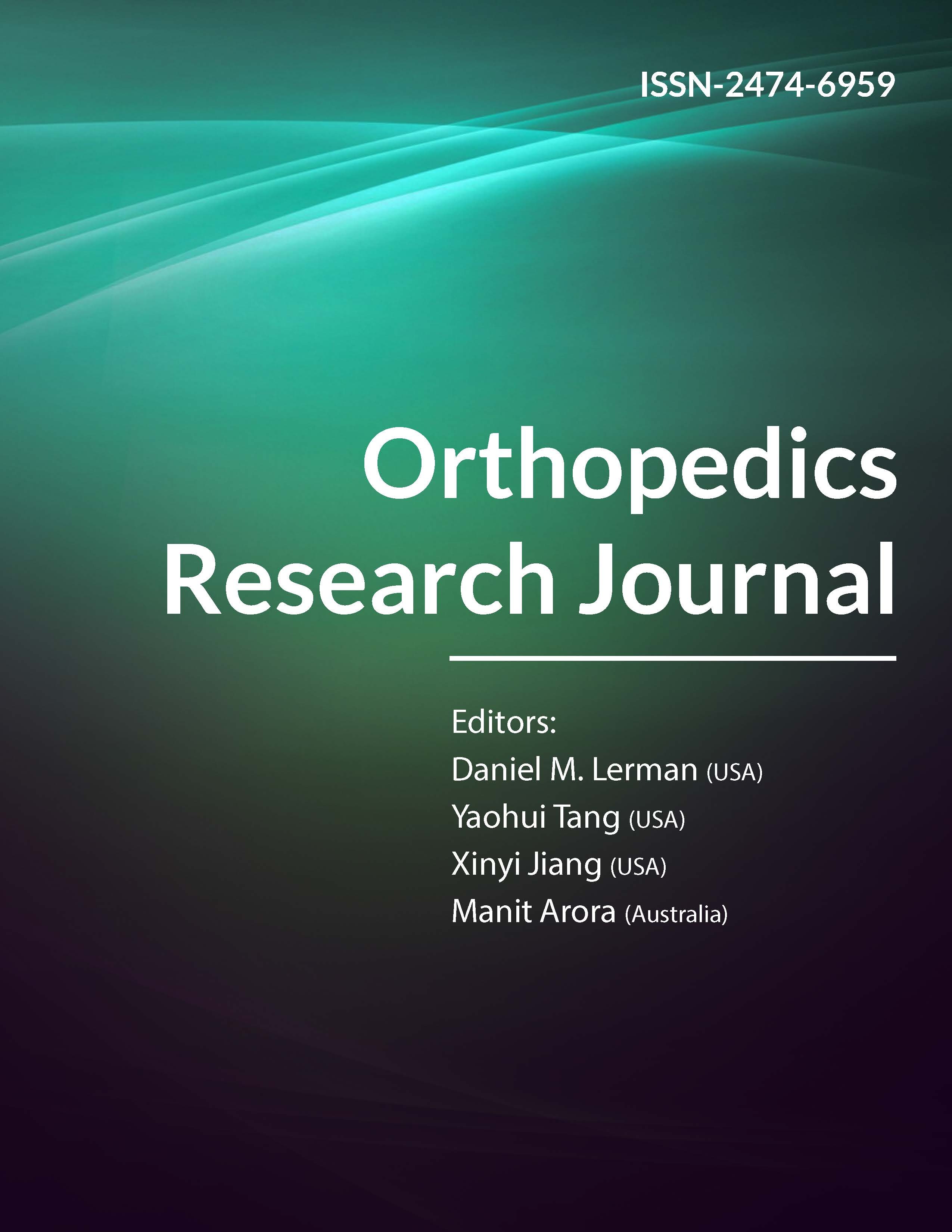
Information Links
Previous Issues Volume 5, Issue 1 - 2023
Comparison of Acetabular Cup Positioning In Total Hip Arthroplasty: Direct Lateral VS Posterior Approach
Adeel Hamid1, Usman Gill1,*, Mian Hanif2
1Consultant Lahore General Hospital, Pakistan
2Head of Department of Orthopedics, Lahore General Hospital, Pakistan
*Corresponding Author: Usman Gill, Consultant Lahore General Hospital, Pakistan; Email: [email protected]
Received Date: July 27, 2023
Publication Date: August 22, 2023
Citation: Hamid A, et al. (2023). Comparison of Acetabular Cup Positioning In Total Hip Arthroplasty: Direct Lateral VS Posterior Approach. Orthop Res J. 5(1):26.
Copyright : Hamid A, et al. © (2023)
INTRODUCTION
Total hip arthroplasty is one of the most successful operations in orthopedic surgery with regards to patient out-come [1-3]. Proper component placement is one of the fundamental factors to achieve good results and avoid complications. Suboptimal component positioning particularly that of the acetabular cup has been associated with poor outcomes and complications including dislocation, increased wear, impingement, component loosening, and limp [2,4-7].
Various surgical approaches have been used to perform total hip arthroplasty. Two of the most commonly used surgical approaches are the Direct lateral (Hardinge) and Posterior (Moore’s) approach [8-11]. Proponents of each have cited advantages of each surgical approach. Orientation of the anatomical landmarks and exposure of proximal femur and acetabulum varies with the approach which may potentially effect the component positioning [4,12,13] Varying clinical outcomes and incidence of complications have been reported with these two surgical approaches [14-16]. Therefore, it is important to investigate if the difference in component positioning, if any, is the cause of difference in results.
The aim of this retrospective study was to compare the acetabular cup positioning UN terms of cup inclination and anteversion in various patients who had undergone THA by direct lateral and posterior approaches.